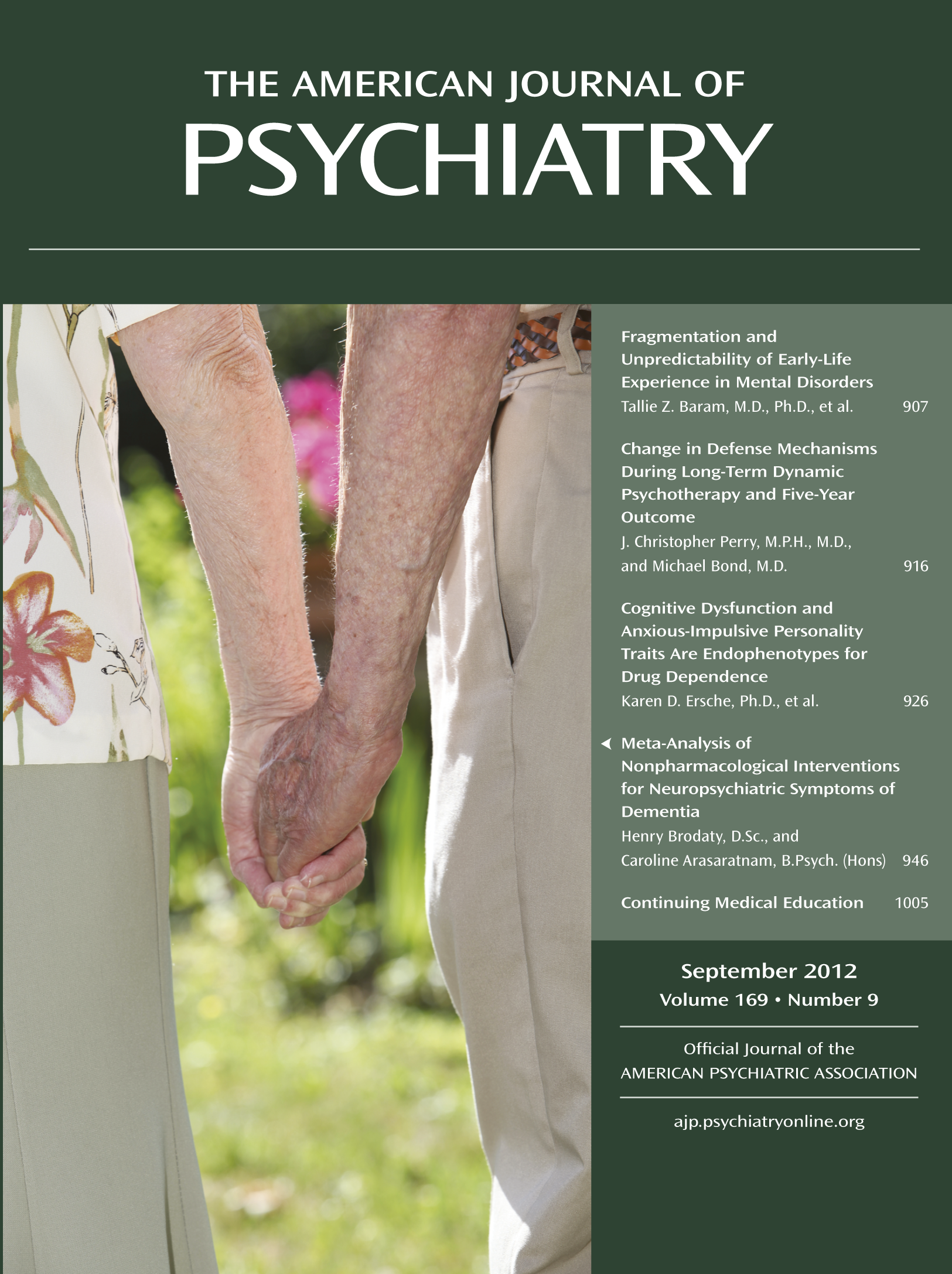Asked to identify the five most influential theorists in their field since Freud, most well-informed psychoanalysts would come up with the names of Melanie Klein, Donald Winnicott, Wilfred Bion, Andre Green, and Otto Kernberg. Occupying a place of great distinction, Kernberg is the preeminent psychoanalytic theoretician of our time. In his contributions spanning over five decades, he has painstakingly and consistently sought to integrate diverse conceptual strands in psychoanalysis, bring together general psychiatry and psychoanalytic depth psychology, and forge links between contemporary neurobiology and data derived from psychotherapeutic work with patients.
His latest book, The Inseparable Nature of Love and Aggression, carries this trend further. The book’s title testifies to Kernberg’s inclusive and synthesizing approach. Its table of contents reveals 17 chapters grouped under five headings: Severe Personality Disorders, Reflections on Psychoanalytic Theory and Its Applications, the Psychology of Sexual Love, Contemporary Challenges for Psychoanalysis, and the Psychology of Religious Experience. The chapters on identity, transference-focused therapy, narcissistic personality, the destruction of time in pathological narcissism, and limitations to the capacity to love extend the author’s earlier work in newer and deeper directions. Far greater integration than before, with the views of European psychoanalysts (e.g., Didier Anzieu, Peter Fonagy, Andre Green, and Ronald Britton), is evident in these pieces. Kernberg’s aim in these chapters is the elucidation of difficult clinical matters and the strategies to deal with them. And he is successful in achieving this goal.
The chapters that struck me as more thought-provoking, however, are the ones on mourning and religious experience. In the former, Kernberg proposes that normal grief is not a linear process, is invariably associated with guilt feelings, and is never completely over. On all three counts, his view differs from that delineated by Freud (
1) in his seminal paper
Mourning and Melancholia. Kernberg’s portrait of a grieving individual has an unmistakable poignancy, since it is “informed from within” (i.e., by the author’s own experience with a significant loss). Kernberg’s delineation of the social triggers that can suddenly remobilize the pain of mourning often long after one seems to be done with it is especially touching. Here, it should be noted parenthetically that subsequent to presenting his “official” view, Freud also came to conclude that no mourning is ever complete, and most serious losses have a permanent effect on the mind. In a 1929 letter to a friend whose son had died, Freud declared, “We know that the acute sorrow we feel after such a loss will run its course, but also that we will remain inconsolable and will never find a substitute. No matter what may come to take its place, even should it fill that place completely, it yet remains something else. And that is how it should be” (
2). Kernberg has made this privately held notion of Freud a theoretically well-anchored public statement.
Kernberg’s two papers on religious experience and spirituality are also outstanding. This is a realm that he has never previously addressed. In the first paper, he introduces the concept of “mature religiosity” based on a well-integrated value system that transcends self-interest and has universal applicability. Its fundamental attributes are compassion, concern for others, a sense of universal justice, and confidence in human goodness without denial of evil. Such religiosity tempers one’s own destructiveness and also acts as a barricade against regression into paranoid denigration of others. In the second chapter, Kernberg touches on spirituality and comments on the transcendental value of creativity, enjoyment of nature, and genuine respect for man’s history. Contrary to Freud, he regards it possible that a religious-spiritual dimension might coexist with healthy functioning of the mind; indeed, it might even be a manifestation of the latter. While Kernberg’s locating all instances of evil outside of the United States seems one-sided and his relative inattention to Eastern religious philosophies leaves the reader thirsty, the linkages he establishes between the capacity for mature religiosity and the love-dominated internal economy of object relations are impressive. And this brings up his book’s other strength, namely the inclusion of ample “raw” data of clinical reports. These offer the reader an opportunity to witness how theoretical notions inform our understanding of the experiential and how in a dialectical fashion the latter lends an impetus to theory building. Reading Kernberg’s book deepens one’s appreciation of how love and aggression invariably coexist in severe character pathology, sexual love, and religious experience while enhancing one’s empathy with those struggling with such matters. It is an important book indeed.
Only one of the book’s sections, titled “Contemporary Challenges for Psychoanalysis,” is ill-fitting, since it deals with the psychoanalytic profession’s relationship with academia and with dissidence within the profession itself; these matters have little to do with the main thrust of the book. However, our own aggression toward each other’s ideas sometimes seems as intense as the conflicts that Kernberg finds in life outside of our circles.

